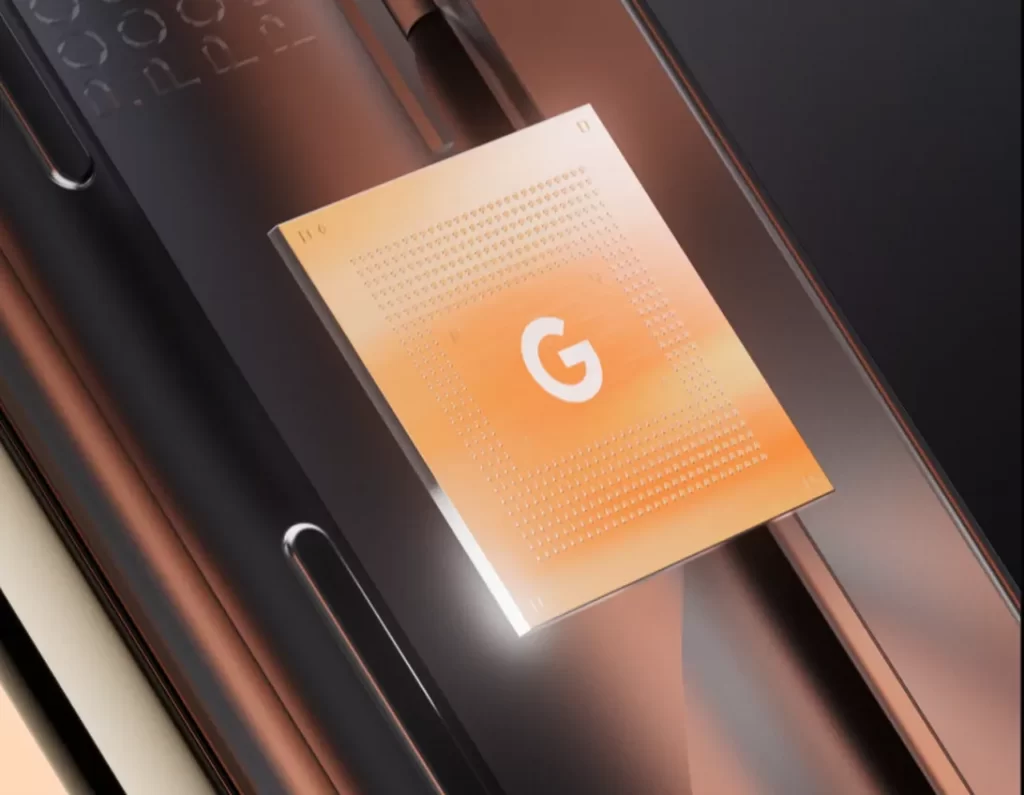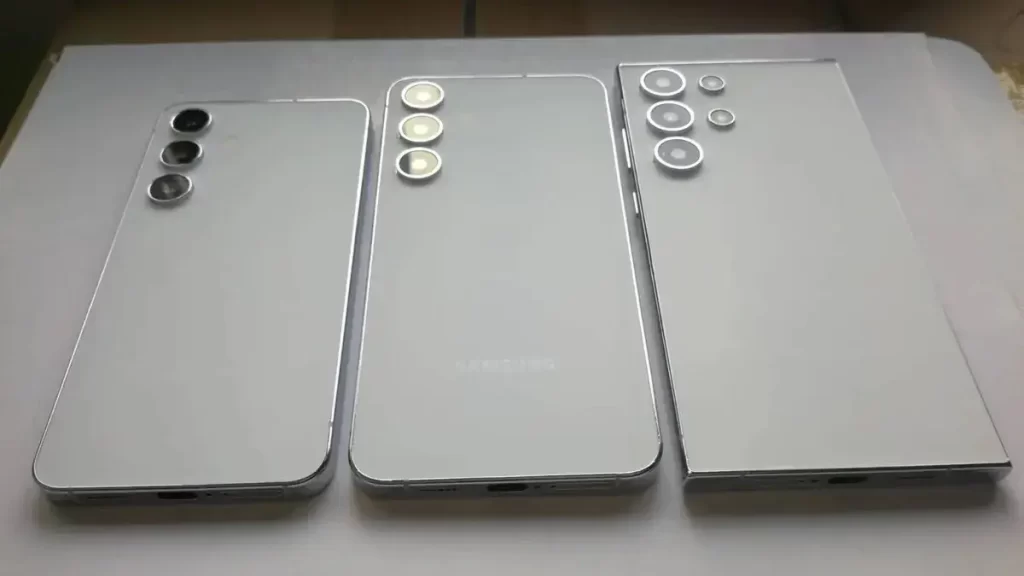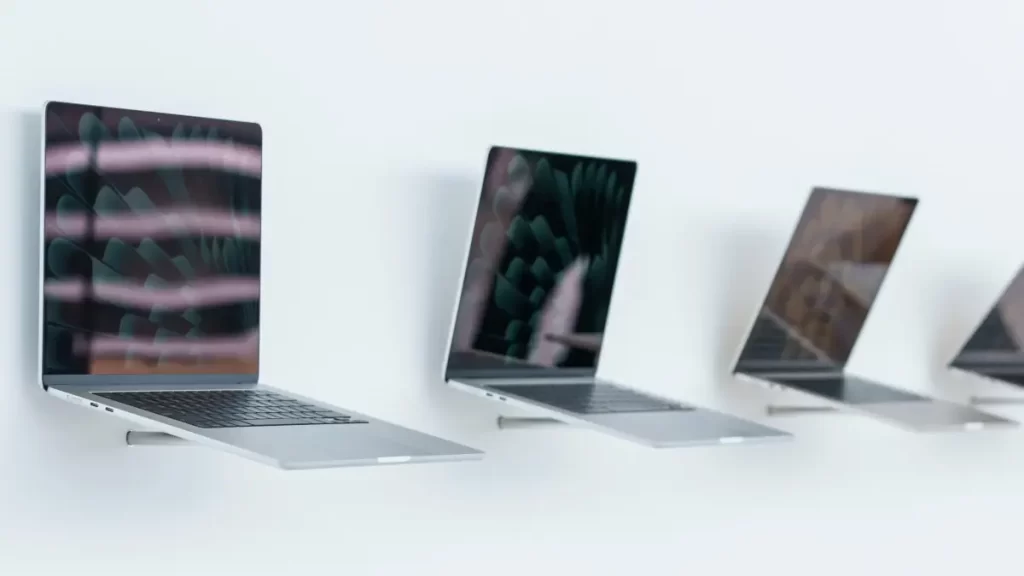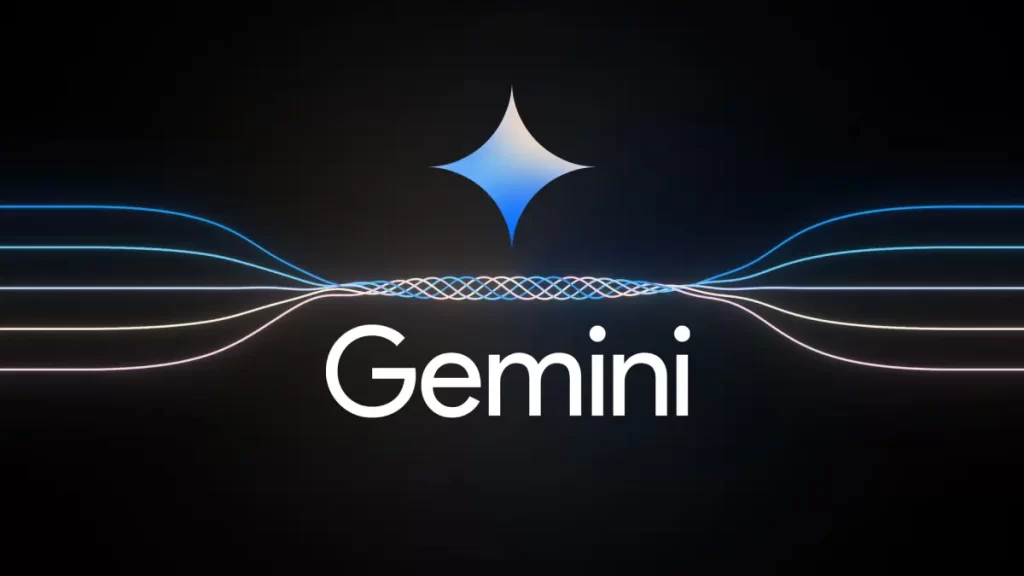Google’s Pixel 6 and Pixel 6 Pro with the company’s in-house Tensor chip are now official, so getting a Pixel 5 will, for the time being, certainly lead to instant buyer’s remorse. Judging by what the company described at its launch event plus our own initial hands-on experience, the Pixel 6 platform is a significant leap forward in terms of power, performance, features and design.
The question is though, just how far ahead of its predecessor will the Pixel 6 be under real-world conditions? That fact is important, because it’ll determine whether you should drop your older Pixel immediately for Google’s latest and greatest. Heck, if the Pixel 6 is all it’s cracked up to be then current Pixel 5 owners will be tempted, too.
So no matter where you are in the Pixel phone upgrade cycle, knowing how well the Pixel 6 devices stack up is an imperative. Here’s how we expect Google’s uber handsets will compare with last year’s models.
Price: The Pixel and Pixel 6 Pro are priced to entice
When the Pixel 5 debuted last October, it came with a $699 price tag. Now though, it’ll set you back just $449. This steep price cut is no doubt due to all the advanced components the Pixel 6 and 6 Pro boast.
Google typically offers its latest Pixel for the same price that the previous Pixel cost. This time around the Pixel 6 starts at a more affordable $599. The Pixel Pro, on the other hand, has a base price of $899. That’s a bit more expensive than its predecessor.
Even so, the Pixel 6 Pro’s price just may be competitive enough to snatch premium phone market share away from Apple and Samsung. The Galaxy S21 ranges in price from $799 to $1,379. Similarly, the iPhone 13 costs anywhere from $799 to $1,099, depending on how you configure it.
Design: The Pixel 6 phones stand out for looking good
All of Google’s previous Pixel phones, including the Pixel 5, were deliberately designed not to distract from their screens. In the user’s eye, the hardware was meant to drop away, serving as a mere vehicle for Google’s Android software.
Not so with the Pixel 6 and Pixel 6 Pro. Minted in multiple splashy colors and apparently sporting glossy metal highlights, both handsets are clearly built to get noticed. That’s a lot more visually exciting than the Pixel 5’s two modest hues of “just black” and “sorta sage.”
Camera: The Pixel 6 and 6 Pro have bigger, better sensors and lenses
One of the biggest improvements to the Pixel 6 and 6 Pro are their imaging systems. Physically they’re a lot bigger than the camera hardware you’ll find on the Pixel 5. In fact these new cameras are so large they reside in a raised bar on the back side of each phone. They run the entire width of each handset too.
And there’s a reason for the extra bulk. The Pixel 6 camera platform is built around a massive main 50-megapixel sensor with a wide-angle lens. Both phones have 12-megapixel ultrawide lens and sensor combos, too. The Pixel 6 Pro, though, sets itself apart even further with an additional 48-megapixel telephoto camera.
Either handset’s camera system should run rings around the Pixel 5’s hardware. That device ships with 16-megapixel ultrawide and 12.2-megapixel dual-pixel main camera sensors.

Processing: The Pixel 6 phones boast custom, not stock chips
In another seismic break from the past, the Pixel 6 phones run in-house silicon. Specifically, at the heart of both the Pixel 6 and Pixel 6 Pro is Google’s new Tensor SoC (system on chip). Designed by Google engineers, much as Apple does with its A series mobile chips, the Tensor is tailor-made for Android.
The result should be snazzed-up computing and video processing performance. Specifically, Google’s design is built around an eight-core CPU with a 20-core Arm Mali-G78 MP20 GPU, and a Tensor Processing Unit machine learning engine. Also under the hood is an advanced image signal processor for photography, a Tensor security core, a “context hub” for ultra-low power capabilities, and 8MB system cache.
According to Google, that translates to the Pixel 6’s Tensor CPU performance is 80% faster and its GPU is 370% faster than the chip in the Pixel 5, the off-the-shelf Qualcomm Snapdragon 765G.
Charging: The Pixel 6 and 6 Pro have faster wired and wireless charging
The Pixel 6 and 6 Pro are the first Google phones not to come with chargers in their boxes. That said, both support 30 Watt USB-C fast wired charging. It’s definitely better than the slower 18 Watt wired charging you’ll find on the Pixel 5. Additionally, the Pixel 6 is capable of 21 Watt wires charging while the Pixel 6 Pro can handle 23 Watt wireless charging. The Pixel 5 lacks that ability entirely.



